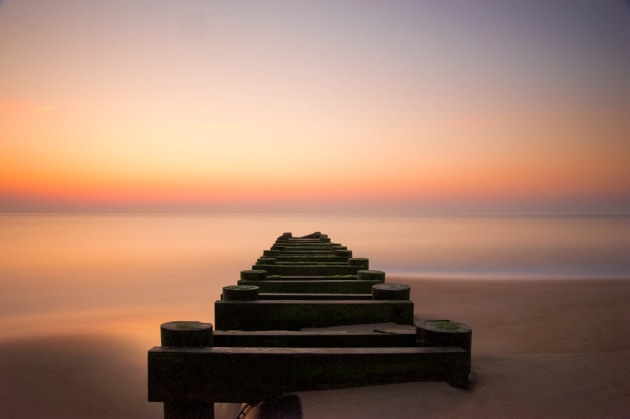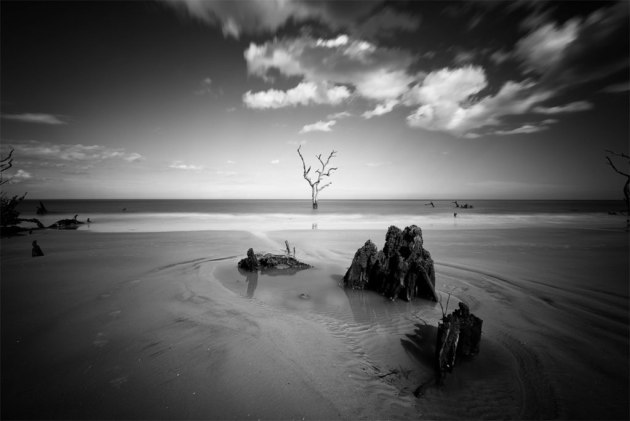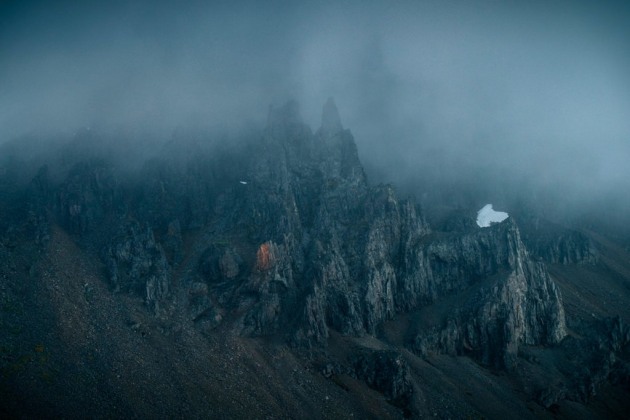Seven unexpected tips for better landscape photography
Let’s face it. Half the articles sharing “the top tips” for you to capture better landscape images are rather generic. Sure, straightening the horizon and photographing during the golden hour may have a positive impact on your photos but will they make you a better photographer?
Instead of looking at those basics, I want to share 7 slightly different but equally important suggestions. These tips aren’t going to instantly improve your photography but they’re aimed at making you a better photographer. Take the time to learn and try them, and I think you’ll start seeing a difference in the near future.
#1 Good light is NOT limited to the ‘Golden Hour’
I wasn’t going to talk about the Golden Hour in this article but it’s such a common advice that I can’t help bringing it up. While most people (myself included some years ago) say that you need to photograph during sunrise or sunset to get better images, I’m going to argue that this is not the case.

Yes, the light in the hours surrounding sunrise and sunset is soft and colorful but that doesn’t mean good light doesn’t exist during the rest of the day; it simply depends on what you’re photographing.
This might come as a surprise but many of my personal favorites are images captured during the day (i.e. not at the golden hour). Sometimes it’s stormy weather that creates dramatic light around majestic peaks, other times it’s a harsh midday sun that gives interesting patterns and light in the deep forest.
Rather than limiting yourself to only photographing a few hours a day, learn when the ideal light will hit the scenery you’re planning to photograph.
#2 The price tag of your camera is irrelevant
Have you ever heard someone make a comment along the lines of “That’s a beautiful image, you must have a fancy camera”? I’m sure that sounds familiar to most. But is there any truth in this statement? Does an expensive camera take better images? No…

It doesn’t matter if your camera costs $200, $2000 or $20000. You can take bad photographs with the most expensive cameras and you can take good images with a point-and-shoot.
The important part is to understand how to use the camera and to know its limitations. At the end of the day, it’s the photographer behind the camera who makes the image.
#3 Learn the rules in order to break them
If you’ve read any of my articles before, you know that I don’t like to talk about rules in landscape photography. I’d rather view them as guidelines that you should be aware of.

It’s important to learn and understand guidelines such as the Rule of Thirds, leading lines and other compositional rules but it’s even more important to know when to break them. The Rule of Thirds can do wonders for your compositions but you might quickly limit your creativity if you fall into the trap of following the process for every single photo you take.
Think about it. Some of history’s best pieces of art ignore the common guidelines and incorporate the complete opposite. Be open to exploring with such ideas.
#4 You don’t need a tripod
No. I haven’t lost my mind (I know you’re shaking your head right now).
Again, I want to argue that you shouldn’t listen to the standard tip that tells you to always use a tripod. I’d say this is completely wrong and will do more harm than good to your photography.

It’s important to understand when you need a tripod and when you don’t. There’s no secret that in certain situations a tripod is essential. Here are the scenarios where you should use one:
- When photographing in low light situations and the shutter speed is too slow to get a sharp handheld image
- When you’re forced to increase the ISO in order to maintain a quick shutter speed
- When you’re using Neutral Density filters or want to do Long Exposure Photography
In most other scenarios you typically don’t need a tripod. If you’re photographing during daytime and your shutter speed is 1/1000th of a second and the ISO is 100, using a tripod will not make a difference.
#5 Explore with focal lengths (don’t limit yourself to one lens)
I don’t think you should limit yourself to only using one lens. When I first started landscape photography, I only used a wide-angle lens; in fact, I didn’t own anything else for a year or two.

Today I’ve got the full range from ultra-wide-angle to telezoom and I always explore a location with various focal lengths. Doing this has helped me pay more attention to the details surrounding me and it makes me look for elements that I otherwise would walk straight by.
#6 Patience results in greatness
Sometimes I wish it was so easy that I could just arrive a location and capture a couple of great images right away but that’s rarely how it works. Great images are often the result of patience. Great images are the result of returning to a location over and over again until you’ve got the best possible conditions.

I know this isn’t always possible when traveling but as far as it’s possible, I strongly recommend returning to a place until you’ve captured a shot you’re really happy with.
#7 Photograph the hotspots but be hungry to explore
Social Media has changed landscape photography in many ways and certain locations are more popular now than ever before. It’s not unlikely that you’ll be accompanied by hundreds of other photographers when photographing some of the greatest views on our planet.

There have been many discussions about these hotspots and how so-called “trophy hunters” are ruining the industry but I’m not so convinced that you should completely stop photographing the hotspots, especially if you’ve just started photography.
I tend to view the hotspots as photography with training wheels; you’ve seen thousands of images from there before and know exactly how to approach the location. This can be a helpful way to put yourself into the mindset of photographers you admire and, if you try, it can help you understand why they’ve made certain decisions in the field.
But I don’t think you should stick to the hotspots forever. I think exploration is a big part of outdoor photography and once we lose the will to explore, creativity quickly starts fading. Use the knowledge you’ve picked up from photographing the hotspots and apply it in the field when photographing new locations.
About the author: Christian Hoiberg is a full-time landscape photographer who helps aspiring photographers develop the skills needed to capture beautiful and impactful images, and you can find more of his work on his website and Instagram.
You can download Hoiberg’s free guide 30 Tips to Improve Your Landscape Photography and open the doors to your dream life. Hoiberg is also the founder of CaptureLandscapes. This article was also published here and has been shared with permission.


